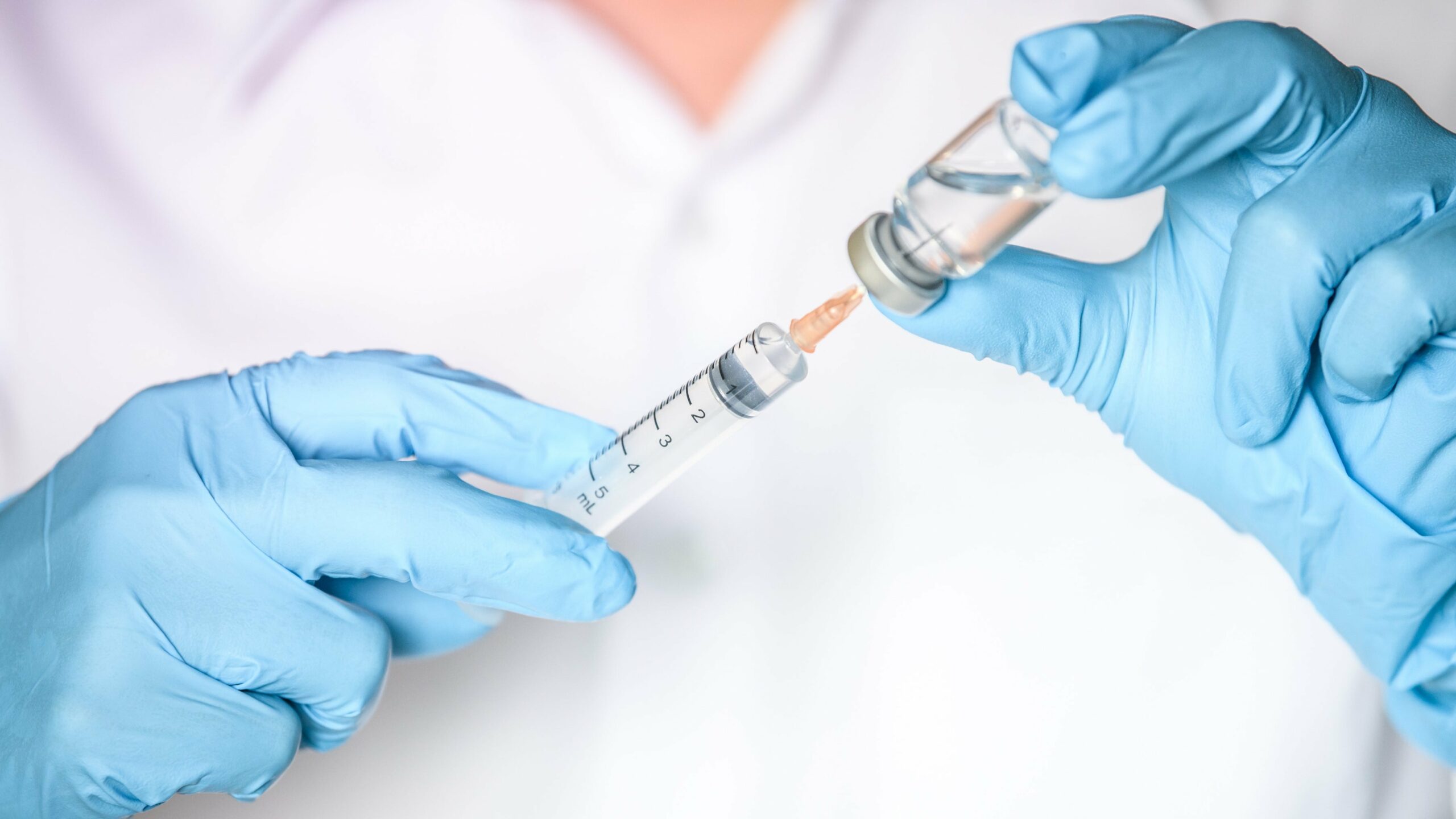
Sotatercept monotherapy, and in combination with ruxolitinib, is a safe and effective treatment for patients with primary myelofibrosis (PMF) with anemia, according to a recent study.
The phase II, open-label, single-institution, investigator-initiated trial was led by Prithviraj Bose, MD, of the University of Texas MD Anderson Cancer Center, and published in Haematologica.
The primary endpoint was anemia response rate, defined as an increase in hemoglobin level ≥1.5 g/L without red blood cell (RBC) transfusion or achieving RBC transfusion independence (TI). Secondary endpoints included duration of response (DOR) and time to response (TTR).
Fifty-six patients with anemia and PMF, post-polycythemia vera MF, or post-essential thrombocythemia MF were treated with subcutaneous sotatercept. Thirty-four patients received sotatercept monotherapy (0.75 mg/kg or 1.00 mg/kg), and 21 received sotatercept (0.75 mg/kg) in combination with ruxolitinib.
In the monotherapy cohort, eight of 27 (30%) evaluable patients responded. Five were anemia responses and three were TI responses. Six responses (four anemia and two TI) occurred at the 0.75-mg/kg dose, and two responses (one anemia and one TI) occurred at the 1.00-mg/kg dose. The median TTR was 19.0 days, and the median DOR was 23.3 months.
In the sotatercept plus ruxolitinib cohort, six of 19 (32%) evaluable patients had hemoglobin responses. The median TTR was 14.0 days, and the median DOR was 20.9 months.
Sotatercept was well tolerated, as adverse events were grade 3 or less. Hypertension occurred in 20% of patients, and muscle, bone, and joint pain occurred in 40% on the days following sotatercept injection. No on-study deaths occurred.
“In conclusion, our study adds to a growing body of evidence supporting the safety and clinical activity of the activin receptor ligand traps in anemic patients with myeloid malignancies,” wrote Dr. Bose and colleagues.
Reference
Bose P, Masarova L, Pemmaraju N, et al. Sotatercept for anemia of myelofibrosis: a phase II investigator-initiated study. Haematologica. 2024. doi:10.3324/haematol.2023.284078






 © 2025 Mashup Media, LLC, a Formedics Property. All Rights Reserved.
© 2025 Mashup Media, LLC, a Formedics Property. All Rights Reserved.